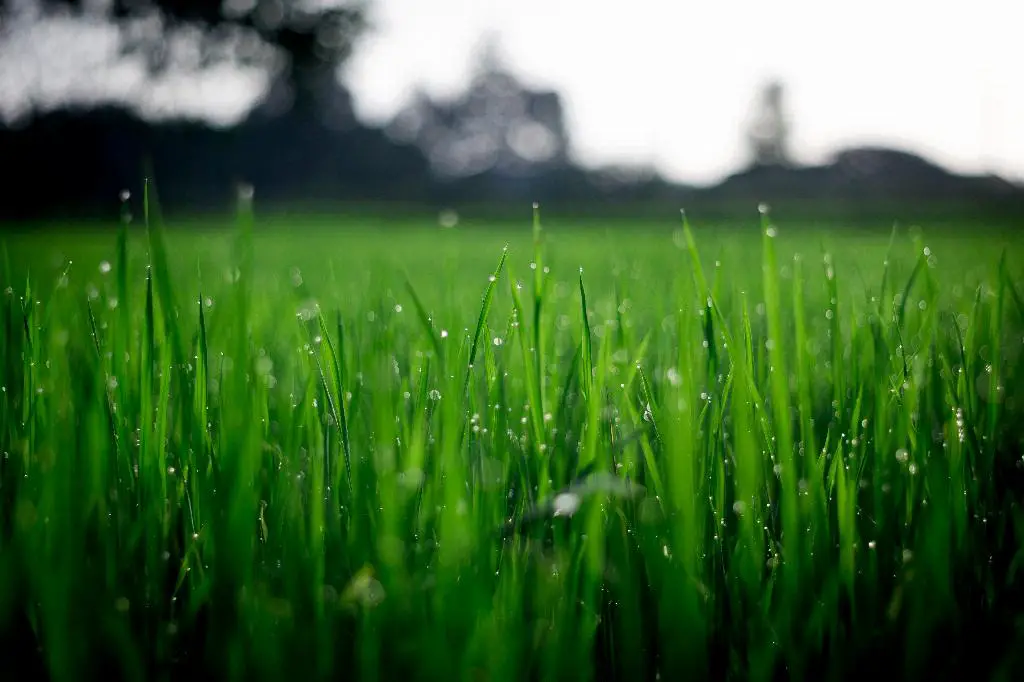When it comes to disposing of lawn clippings, there are several options available to you depending on your preferences and the condition of your lawn. One of the most eco-friendly ways to handle lawn clippings is by recycling them back into your lawn, a practice known as grasscycling.
Grasscycling Benefits
Grasscycling involves leaving grass clippings on your lawn after mowing rather than collecting and bagging them. This allows the clippings to decompose and return valuable nutrients to the soil, promoting a healthier lawn with minimal effort.
Proper Grasscycling Technique
To effectively grasscycle, make sure your lawn mower blades are sharp to ensure a clean cut. Mow when the grass is dry to prevent clumping, and avoid cutting more than one-third of the grass blade length at a time. This will help the clippings decompose faster.
Creating Mulch
Another option for disposing of lawn clippings is to use them as mulch in your garden beds. Spread a thin layer of clippings around your plants to help retain moisture, suppress weeds, and add nutrients to the soil as the clippings decompose.
Composting Grass Clippings
If you have a compost pile or bin, you can add lawn clippings to it to create nutrient-rich compost for your garden. Mix the clippings with other organic materials like leaves, kitchen scraps, and garden waste to speed up the composting process.
Bagging and Disposal
If you prefer not to recycle or compost your grass clippings, you can collect and bag them for disposal. Many municipalities offer green waste recycling programs that accept lawn clippings along with other yard waste for composting or recycling.
Avoiding Chemical Contamination
When disposing of lawn clippings, be mindful of any chemicals or pesticides that have been applied to your lawn. Avoid using clippings treated with herbicides or other chemicals in your compost or mulch to prevent contamination.
Using Clippings as Animal Bedding
If you have livestock or pets, you can repurpose lawn clippings as animal bedding. Ensure that the clippings are free from toxic substances and apply them in a well-ventilated area to dry before use.
Consulting Local Regulations
Before choosing a disposal method for your lawn clippings, it’s essential to check local regulations regarding yard waste disposal. Some areas have specific guidelines for handling grass clippings to promote environmental sustainability.
Sharing with Neighbors
If you have an excess of grass clippings, consider sharing them with neighbors who may need extra mulch or compost materials for their gardens. This fosters community engagement and reduces waste.
Final Thoughts
Ultimately, the best way to dispose of lawn clippings depends on your preferences, landscaping needs, and environmental considerations. Whether you choose to grasscycle, compost, mulch, or bag your clippings, each method offers unique benefits for your lawn and garden.

